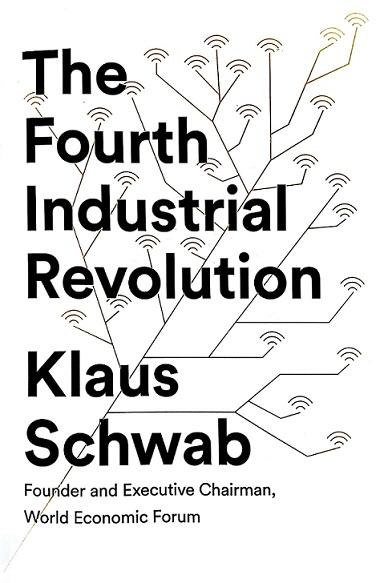
Klaus Schwab, the founder and executive chairman of the World Economic Forum (WEF) is certainly not the typical technologist visionary to talk about a phenomenon that is strongly identified with technology. And no one knows that better than Schwab himself. In his recently released book, The Fourth Industrial Revolution, he never tries to sound like a futurist. If anything, he makes it very clear in the beginning that the book draws significantly from the deliberations in WEF as well as his other conversations.
“It is, in that sense, a crowd-sourced book, the product of the collective enlightened wisdom of the Forum’s communities,” Schwab makes it clear, right in the beginning.
Yet, Schwab can be credited for at least three things when it comes to what is now called the Fourth Industrial Revolution.
First is, bringing it to the central agenda of top global leaders by making it the theme of the WEF annual meeting in Davos in 2016. That was a time when the phenomenon had not even made it as a megatrend to the technology leaders’ slides, let alone to the agenda of global business and political leadership. It surely accelerated the efforts around the trend.
Second, Schwab defined the phenomenon in a way that broadened its scope, both in terms of its basic definition and in terms of the needed efforts and responsibilities around it. From a tech-terms laden description (IoT, robotics and AI), Schwab defined it in astonishingly simple words. “It is characterized by a fusion of technologies that is blurring the lines between the physical, digital, and biological spheres,” he said. That was as big as it can get.
And finally, since the phenomenon has potential to impact all spheres of human lives, questions broader than technological and even commercial and economic are bound to be raised. Questions of morality, ethics, control are far more challenging than those to do with technology or business. It is a no-brainer that such a phenomenon cannot be left to one or a handful of stakeholders. It requires deliberations and not black-and-white debates. Some people prefer to call it ‘Davos-like’ approach.
This book is a logical extension of the above. Now that the phrase has gained significant currency, everyone wants to understand the phenomenon. For those who want to achieve this objective, it is an excellent guide book. It cuts through all the complex phenomena to presents them lucidly for the average reader. The book examines how the phenomenon will impact the businesses, the economy, the governments and even the society and individual. The impact on latter two is a lot to do with questions of ethics and morality.
Finally—and that is what he calls his objective of the book—to create a framework of thinking about the core issues as well as provide a platform to collaborate through public-private partnerships, the WEF style.
Short summaries of technology shifts, the more developed manifestations of the phenomenon—from wearable Internet to driverless cars; from blockchain to 3D printing—complete the book. The summaries are smart takes on the technology, the tipping point, positive and negative impacts of the technologies and the unknowns around each.
Overall the book is a combination of a reference book, a companion book for understanding complex phenomena and a manifesto—for a collaborative approach to take the fourth industrial revolution forward in a way that will maximize gains and minimize dangers for the earth and humanity.

 In
In
Add new comment